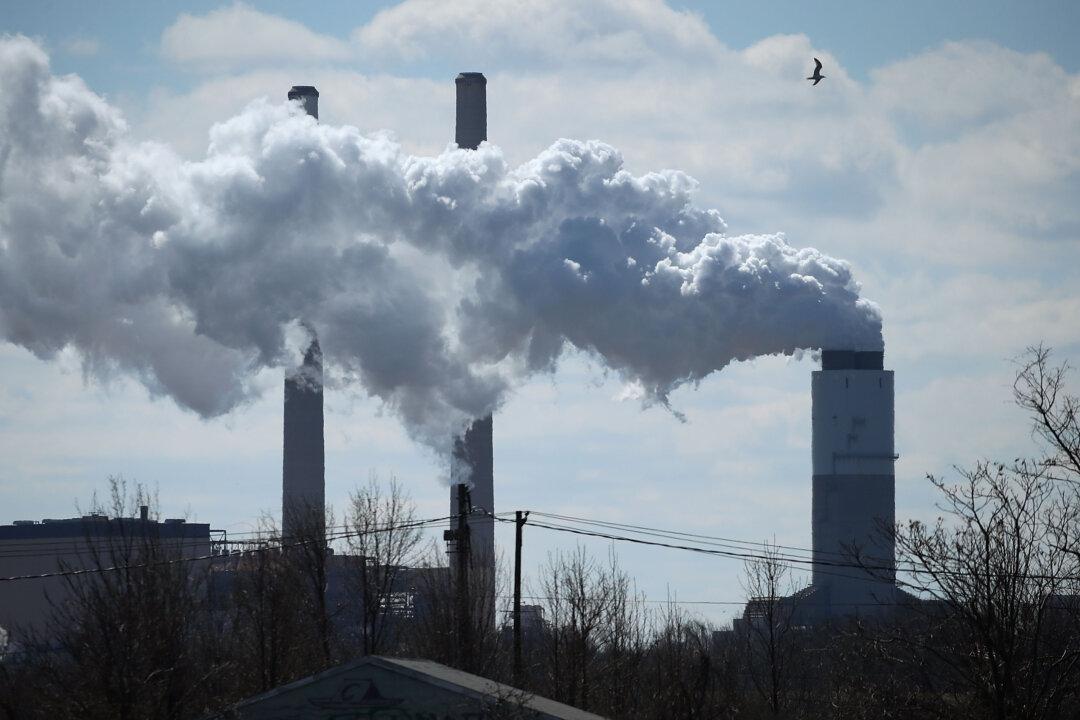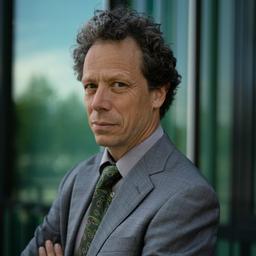A Finnish study done by researchers at the University of Turku found that mankind only accounts for a minute portion of the global temperature change over the past 100 years.
Jyrki Kauppinen and Pekka Malmi from the Department of Physics and Astronomy, University of Turku, claim in their paper (pdf), entitled “No experimental evidence for the significant anthropogenic (man-made) climate change,” published on June 29.





